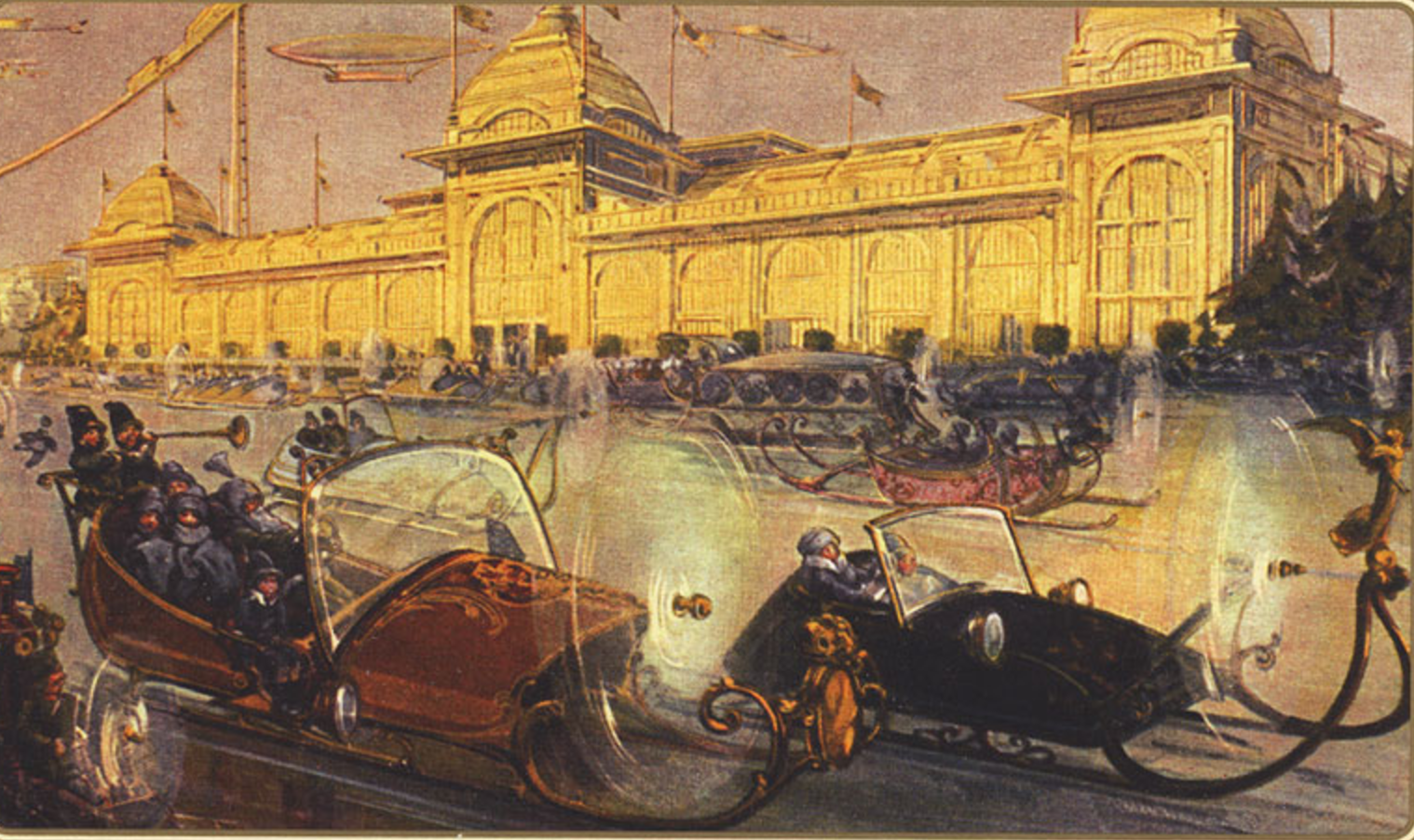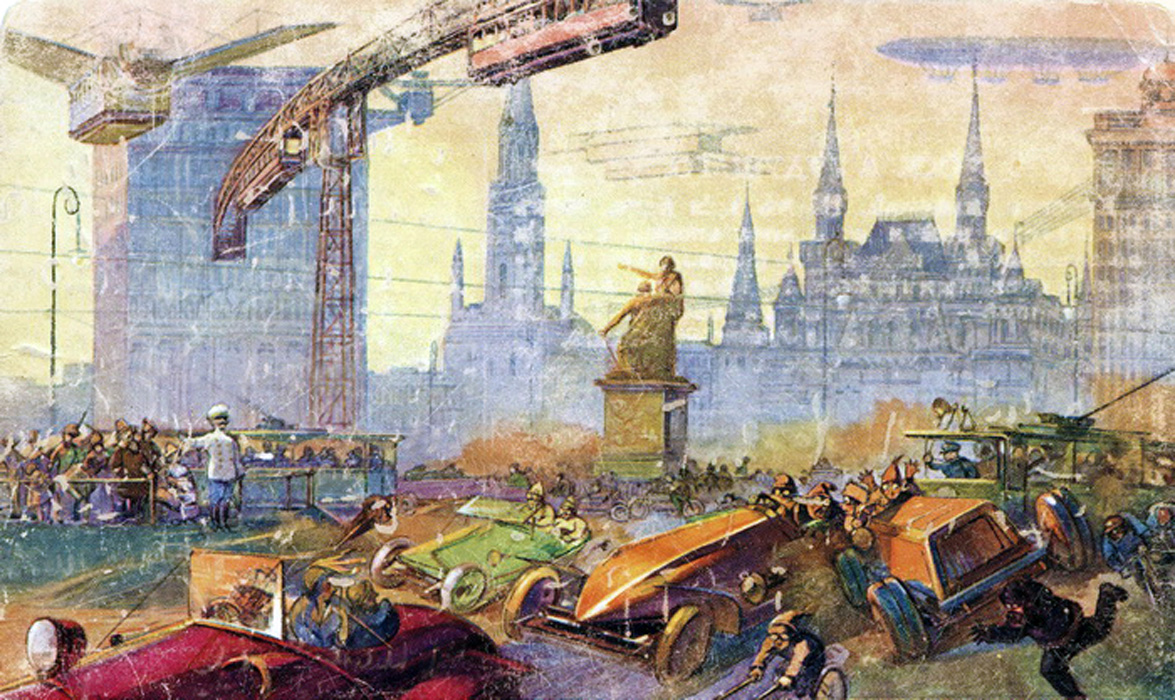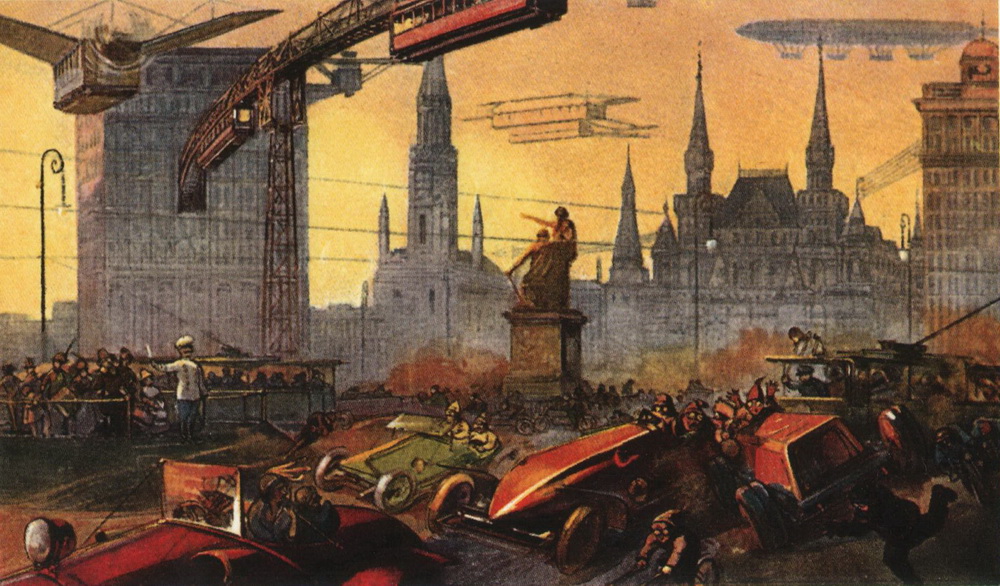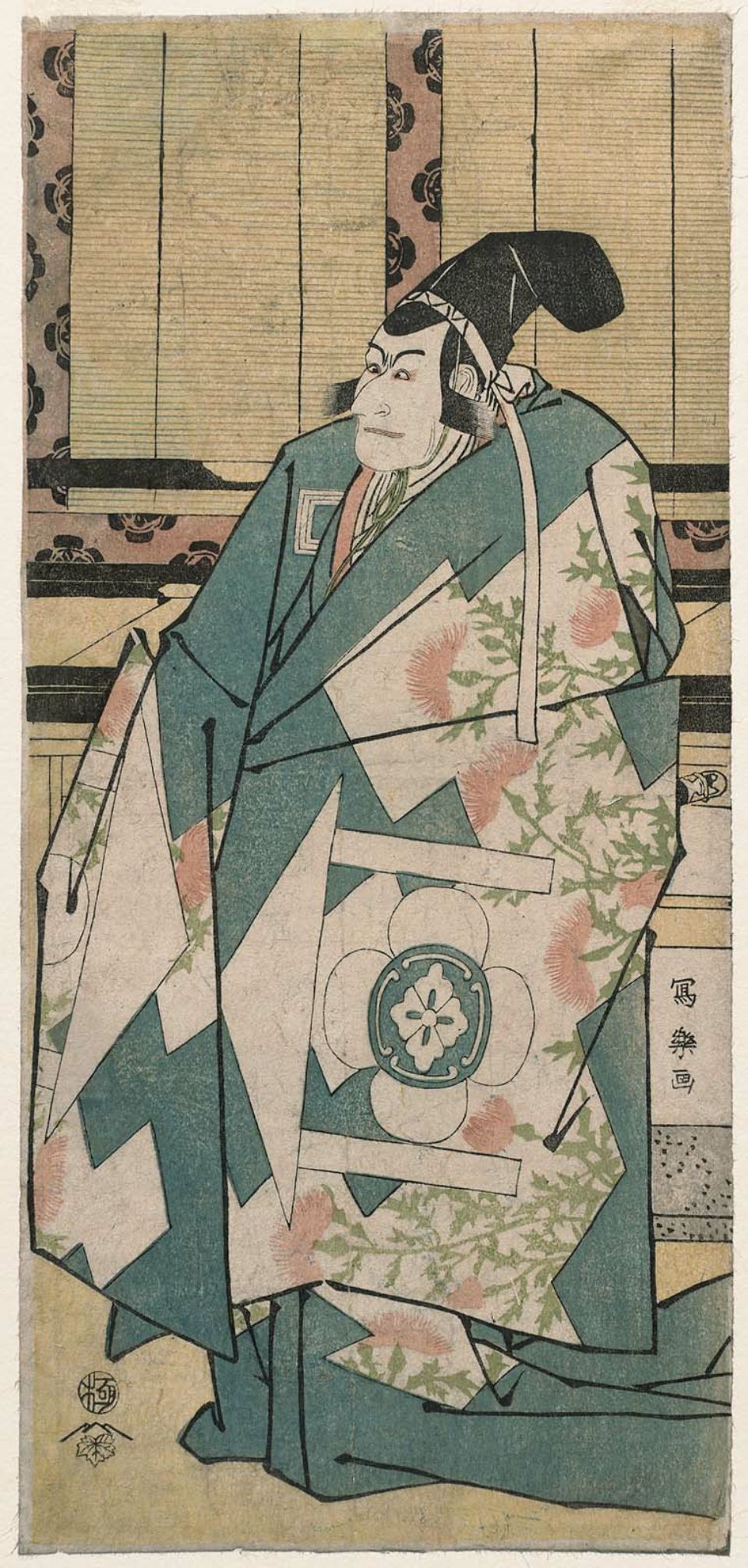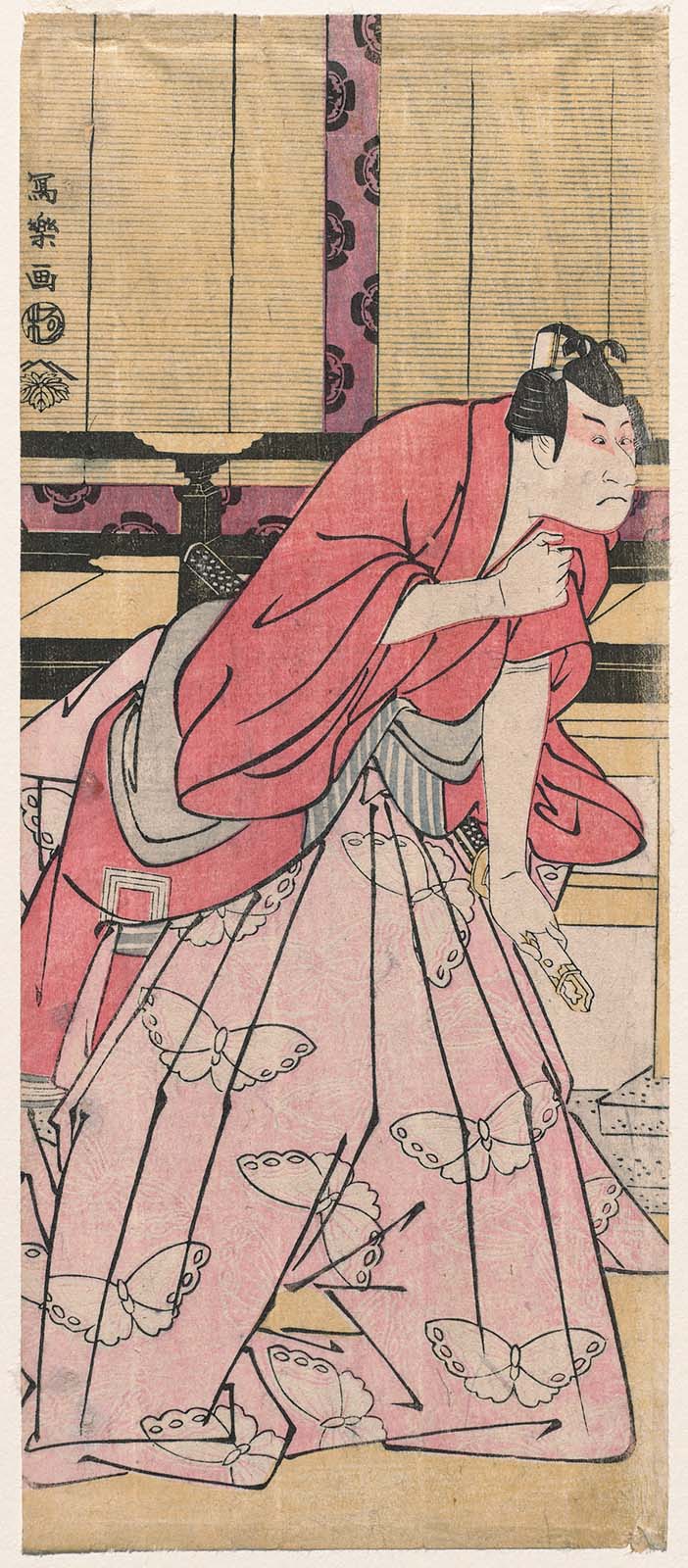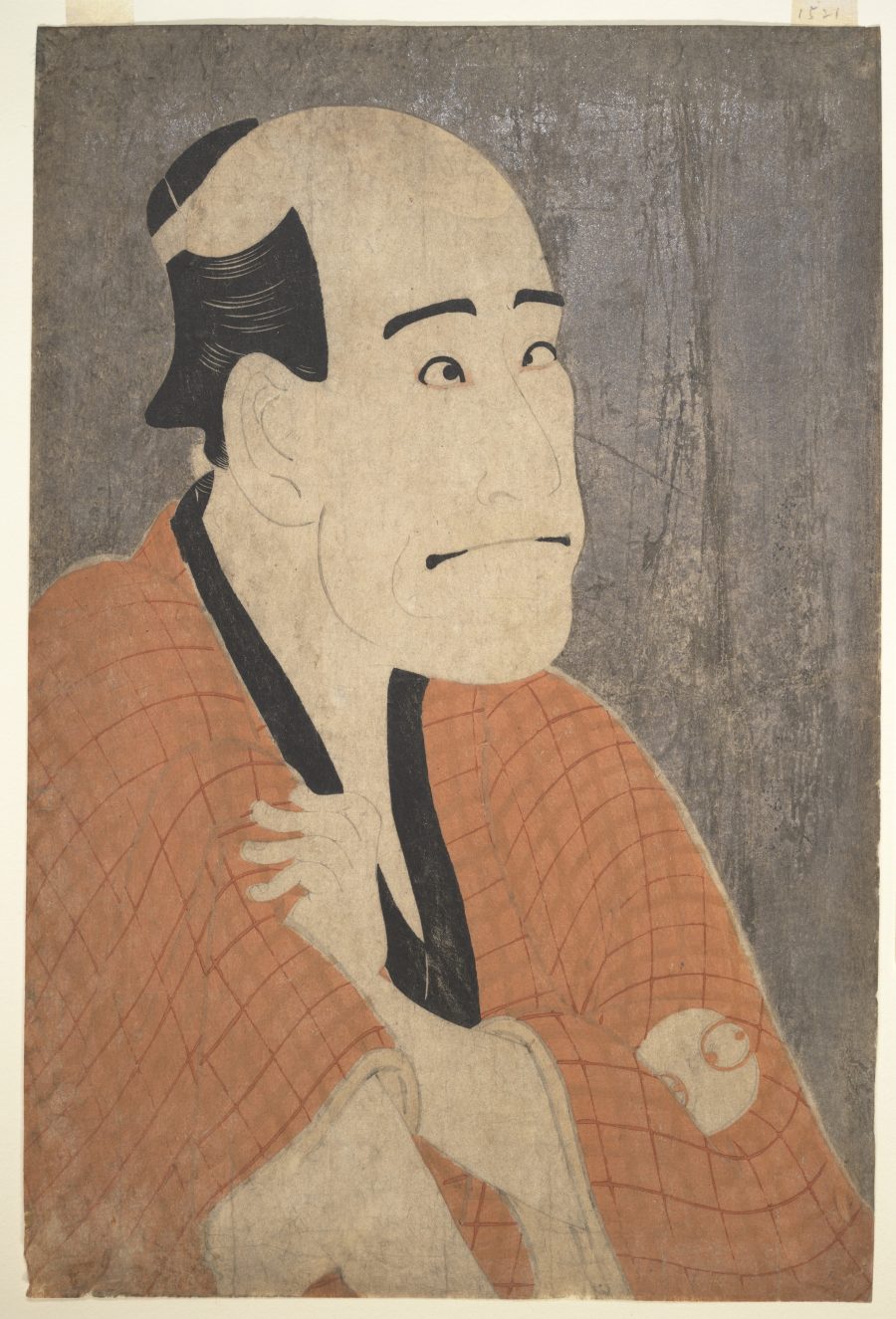The punk movement gave birth to hundreds of bands in a small amount of time, like a petri dish that just explodes under the right conditions. Forty years later, we are still living in the aftermath of that explosion and sorting things out. Lists need to be made. And if you consider garage rock to be proto-punk, the list can be very long.
Four years ago, L.A. Weekly created a list of the Top 20 punk albums of all time, but purists might despair to see Green Day on there or just anything after the ‘90s.
But they also turned to their columnist, Black Flag vocalist, intense spoken word performer, and radio deejay Henry Rollins, and asked him to create his own list. See them below, and hear them above (via this playlist).
- The Clash — The Clash (1977)
- Generation X — Generation X (1977)
- The Adverts — Crossing the Red Sea (1978)
- X Ray Spex — Germ Free Adolescents (1978)
- The Sex Pistols — Never Mind the Bollocks (1977)
- The Ramones — The Ramones (1976)
- Eater — The Album (1977)
- The Damned — Damned Damned Damned (1977)
- The Fall — Hex Enduction Hour (1982)
- The Buzzcocks — Another Music In A Different Kitchen (1978)
- The Saints — (I’m) Stranded (1977)
- UK Subs — Another Kind of Blues (1979)
- Wire — Pink Flag (1977)
- The Lurkers — Fulham Fallout (1978)
- Alternative TV — The Image Has Cracked (1978)
- The Ruts — The Crack (1979)
- The Germs — GI (1979
- X — Los Angeles (1980)
- The Minutemen — The Punchline (1981)
- Stiff Little Fingers — Inflammable Material (1979)
In his brief intro, Rollins mulls over the eternal genre question–where does punk stop and post-punk begin?
Could Wire, also be considered Post Punk? Where do you put bands like PIL, Joy Division, Television, Patti Smith, Suicide, and Killing Joke? What about Gang of Four, 999 and the Banshees? For me, as a lean definition, I go by the classic UK 1977 graduating class, Pistols, Clash, etc., and go from there.
The list, he says, is in no particular order, but it’s not a surprise to see the first Clash album at the top, followed by the debut albums of the Ramones, the Sex Pistols, The Damned, X, Wire, The Buzzcocks, The Saints, The Germs, X‑Ray Spex, The Adverts, and Stiff Little Fingers. Very few on that list went on to top their debut, or even–such as the Pistols and The Germs–record a follow-up.
Rollins talked about this in an essay (also for the L.A. Weekly) on why he loves another band on his list, the U.K. Subs.
How some of those bands were able to follow up with another album is a fascinating bit of musical history, as well as a study of talent, vision and integrity. It is where the rubber truly meets the road. After the explosive excitement of the initial batch of songs has settled, the band often is left with a success-derived self-awareness that hangs like a cloud over the practice room. The awfulness of expectation enters the equation, and the results are not always good.
Rollins is a fan of the first four U.K. Subs LPs–“they are like desert island LPs. Records you can’t do without,” he once said.
Other interesting choices on Rollins’ list: the shameless Ramones-copyists The Lurkers, The Minutemen’s first album (instead of the undisputed classic Double Nickels on the Dime), the lesser-known Eater, the Ruts, and the Fall’s Hex Enduction Hour, which is punk in aesthetic, but certainly not in production.
For a man who usually has something to say, it would have been cool to have some commentary from Rollins on his choices. On the other hand, maybe he’d just tell us to shut up. The music speaks for itself.
Related Content:
The History of Punk Rock in 200 Tracks: An 11-Hour Playlist Takes You From 1965 to 2016
Four Female Punk Bands That Changed Women’s Role in Rock
Ted Mills is a freelance writer on the arts who currently hosts the artist interview-based FunkZone Podcast and is the producer of KCRW’s Curious Coast. You can also follow him on Twitter at @tedmills, read his other arts writing at tedmills.com and/or watch his films here.

